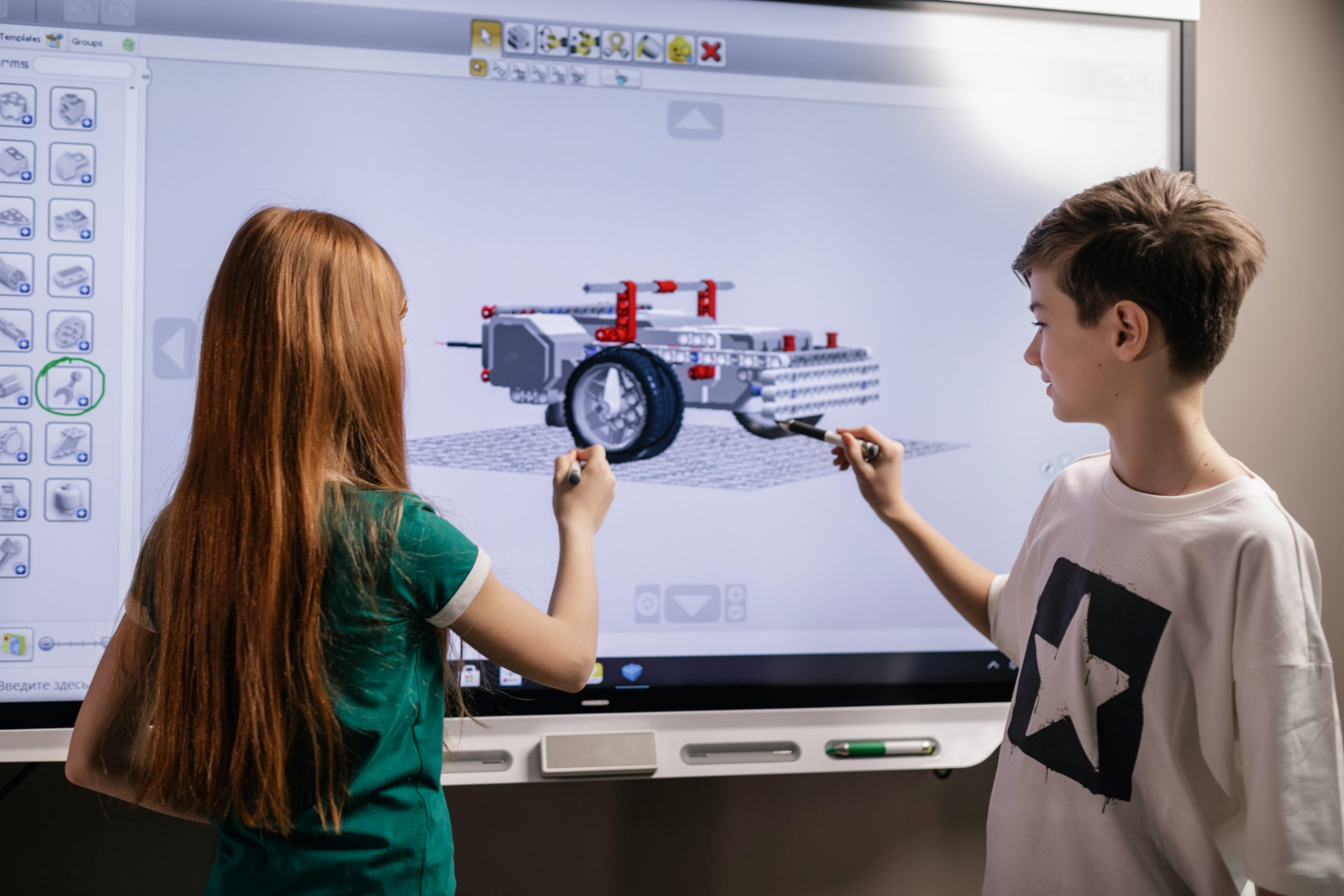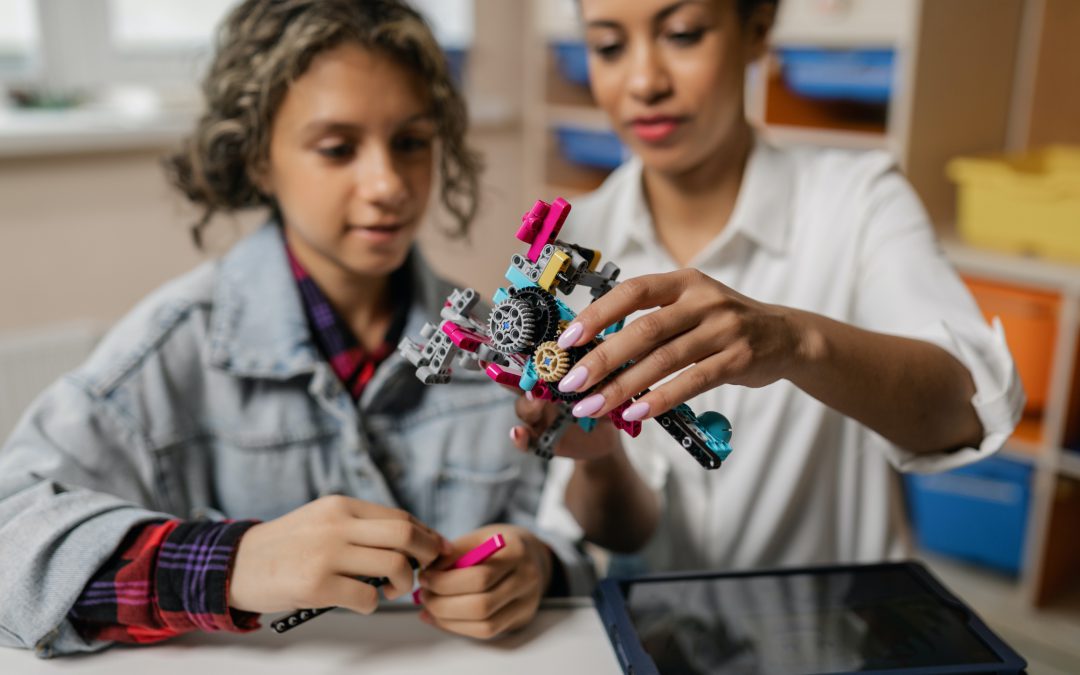Science, Technology, Engineering, and Math, widely known as STEM, continues to rapidly grow as an important field of interest among students. As technology becomes more prevalent in all careers, equipping students with necessary STEM skills is increasingly imperative. However, experts on the topics suggest that much of the current STEM instruction across the education system may be failing to prepare students properly. Here are the reasons why the experts believe the approach to STEM requires a considerable overhaul, and what educators can do about it.
#1: STEM Needs to be More Cross-Curricular
One problematic area for STEM education is that concepts and courses are often taught in silos rather than using a cross-curricular approach. Director of Technology at the Hockaday School, Hubert Ham, emphasizes how simply teaching courses such as coding, engineering, or robotics does not adequately prepare students for the reality of a highly fluid job market that looks for innovative thinking. Ham believes STEM education should place a greater emphasis on how technology intersects with communication, creativity, and problem-solving. Learning these generalizable skills and utilizing them in conjunction with STEM is what will truly develop future leaders. Ham suggests that to resolve this issue, schools must redesign their tech program to align with students’ interests and passions. Additionally, rather than isolating STEM instruction, utilize technology as a way to bind together diverse curricula. Particularly in STEM instruction, Ham notes that learning is non-linear, so it is crucial to give students the time and autonomy to ignite their curiosity and explore.

#2: STEM Needs to be More Inclusive and Engaging
A second issue STEM education faces is its lack of inclusivity and engagement among students. Instructional Coach, Chris Anderson, and Chief Engineer at Open Way Learning, Ben Owens, believe that the current exclusionary approach to STEM is hindering many students. Anderson and Owens highlight how a one-size-fits-all approach to STEM not only excludes students but makes the content far less exciting to learn. They suggest the best way to combat this is to restore the joy of STEM by using an empathy-driven process that adopts context over content. Similar to Ham, Anderson and Owens suggest that teachers employ a method that allows students to become “co-designers” of their education by centering instruction around the problems and interests relative to students. This student-driven approach not only makes the content far more engaging and interdisciplinary but also welcomes students into the STEM space who otherwise would not be interested. The beauty of this model of learning is that it also applies to non-STEM areas. Anderson and Owens stress the importance of changing the stigma of STEM to make it more inclusive, welcoming, and approachable for students. This process starts with educators taking action.

#3: STEM Needs to Fight the Gender Gap
STEM education has a persistent problem engaging and retaining females. Research and Standards Editor, Youki Terada,argues that this problem’s main culprit is hidden classroom dynamics creating a gender gap. The issue is not academic as standardized testing scores prove that girls perform as adequately as their male counterparts in this subject matter. Terada explains that as STEM classrooms become more rigorous and knowledge-oriented, girls begin perceiving science as a male-dominated field. Many STEM classrooms focus on isolated problem-solving, independent work, and the promotion of competition and speed, often creating an unsuitable learning environment for girls. Terada suggests changing STEM outcomes requires adjusting the activities, assumptions, and ingrained structures in STEM classrooms that marginalize females. Additionally, Terada notes we must recognize the underrepresentation of females in STEM textbooks and classroom materials. This can hinder females from seeing themselves as scientists, engineers, and mathematicians. A necessary first step is altering the narrative and introducing girls to female STEM professionals to ensure that all students can see themselves in STEM.

What Educators Can Do
These passionate experts highlight three major problems that necessitate a crucial change. Among the issues, a common theme approaches as an effective solution. To improve STEM outcomes, instruction needs to be student-driven. Students must have the opportunity to take a more active role in their learning experience. More and more educators are coming to realize that this one-size-fits-all approach to STEM is not working. The fact is, education as a whole is not one-size-fits-all, though it is often treated as so. This is the exact issue Schola strives to solve. Using innovative solutions for students and schools, Schola aims to improve education outcomes. Schola helps families discover, connect, and enroll in the ideal K-12 educational setting and helps schools source, enroll, and engage with families by optimizing the recruitment process. By claiming your free school profile, schools can begin connecting with prospective families and gain access to several marketing tools. Ensure your school is reaching its enrollment goals with the right students. Together, we can fight the one-size-fits-all education model and give students the education they deserve!
